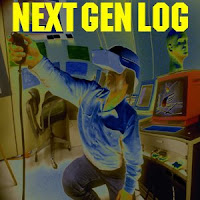
The long-sought after memristor--the "missing link" in electronic circuit theory--has been invented by Hewlett Packard Senior Fellow R. Stanley Williams at HP Labs (Palo Alto, Calif.) Memristors--the fourth passive component type after resistors, capacitors and inductors--were postulated in a seminal 1971 paper in the IEEE Transactions on Circuit Theory by professor Leon Chua at the University of California (Berkeley), but their first realization was just announced today by HP. According to Williams and Chua, now virtually every electronics textbook will have to be revised to include the memristor and the new paradigm it represents for electronic circuit theory. When Chua wrote his seminal paper, he used mathematics to deduce the existence of a fourth circuit element type after resistors, capacitors and inductors, which he called a memristor, because it "remembers" changes in the current passing through it by changing its resistance. Now HP claims to have discovered the first instance of a memristor, which it created with a bi-level titanium dioxide thin-film that changes its resistance when current passes through it. HP has already tested the material in its ultra-high-density crossbar switches, which use nanowires to pack a record 100 Gbits onto a single die--compared with 16 Gbits for the highest density flash memory chips extant.
Text: http://www.eetimes.com/showArticle.jhtml?articleID=207403521























